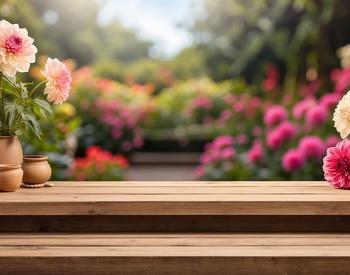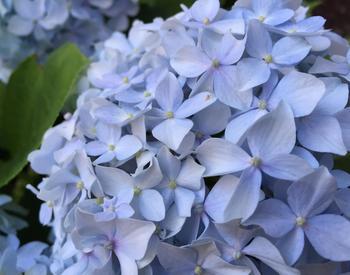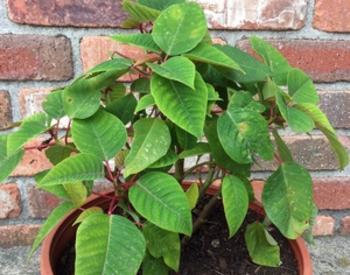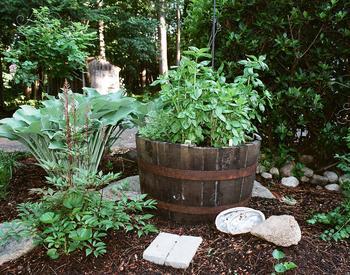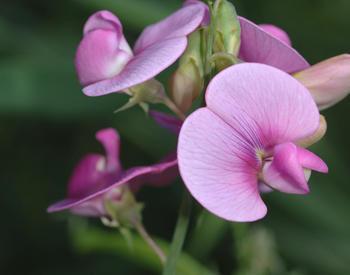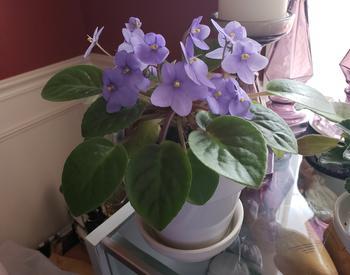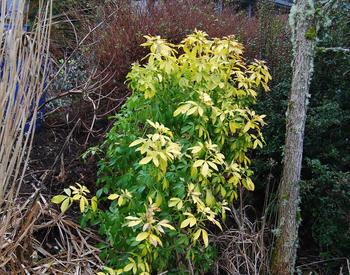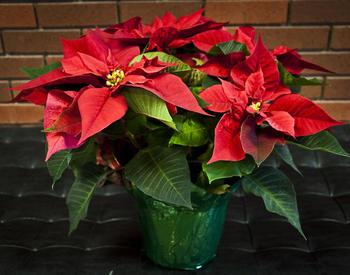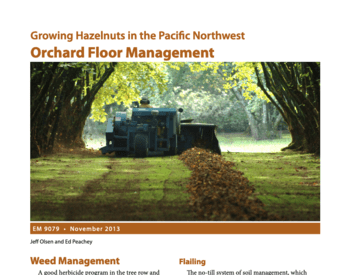If you have ever purchased a bare-root rose, your first question might have been, will this awkward plant really produce roses? Yes, it will! And I might add the results are a delight to any gardener. Folks who aren't gardeners couldn't imagine that a beautiful, fragrant rose will emerge from that stiff, thorny plant with its mass of hairy roots stuffed into a cardboard box or plastic bag.
Bare-root roses are available in most garden centers in January, and several rose growers have wonderful catalogs for you to read. Rose catalogs give very helpful information on the type of plant, the general growing habits, the variety, and whether or not the rose has a specific fragrance or other noteworthy attributes. Armed with this information you can make your bare-root rose selection either by mail or at the local nursery; then get ready to plant your new treasure.
A bare-root rose is dormant, but soon nature starts its show, and buds on the stiff, thorny canes will push out signaling, "Plant me!" The bare-root rose wants to return to soil, so remove the cardboard box and shredded newspaper wrapping around the roots and give it what it wants:
- Remove all packaging and soak the plant in a bucket of water.
- Dig your planting hole.
- Take the plant out of the bucket and clip off any damaged roots. Shorten roots that are too long for the hole. Evaluate the canes for broken ends or twiggy growth; remove any you find. Leave three to five canes and be sure the center is open (for Hybrid teas and Floribundas).
- Avoid chemical fertilizer at planting time as it may burn the newly emerging feeder roots. I like to dust the planting hole with bone meal.
- Place the plant in a prepared hole with the bud union at natural soil level. Carefully arrange the roots so they have ample room to grow and not get crowded. Once the hole is filled with soil, water, water, water.
- Newly planted roses will need fertilizer after their first bloom cycle and thereafter once a month until August. Stop feeding roses about six weeks before the last bloom cycle. This prepares them for winter and dormancy.
If roses are planted during the middle of March, you should be rewarded with beautiful blooms in late May or early June. What a treat it is to watch the special plant you selected come full circle and present you with your reward-a rose!
The first flush of blooms in spring is my favorite time of year as I always feel the roses are at their best. Enjoy and watch nature with its beauty; take notes for your garden journal and maybe even a few photographs.
